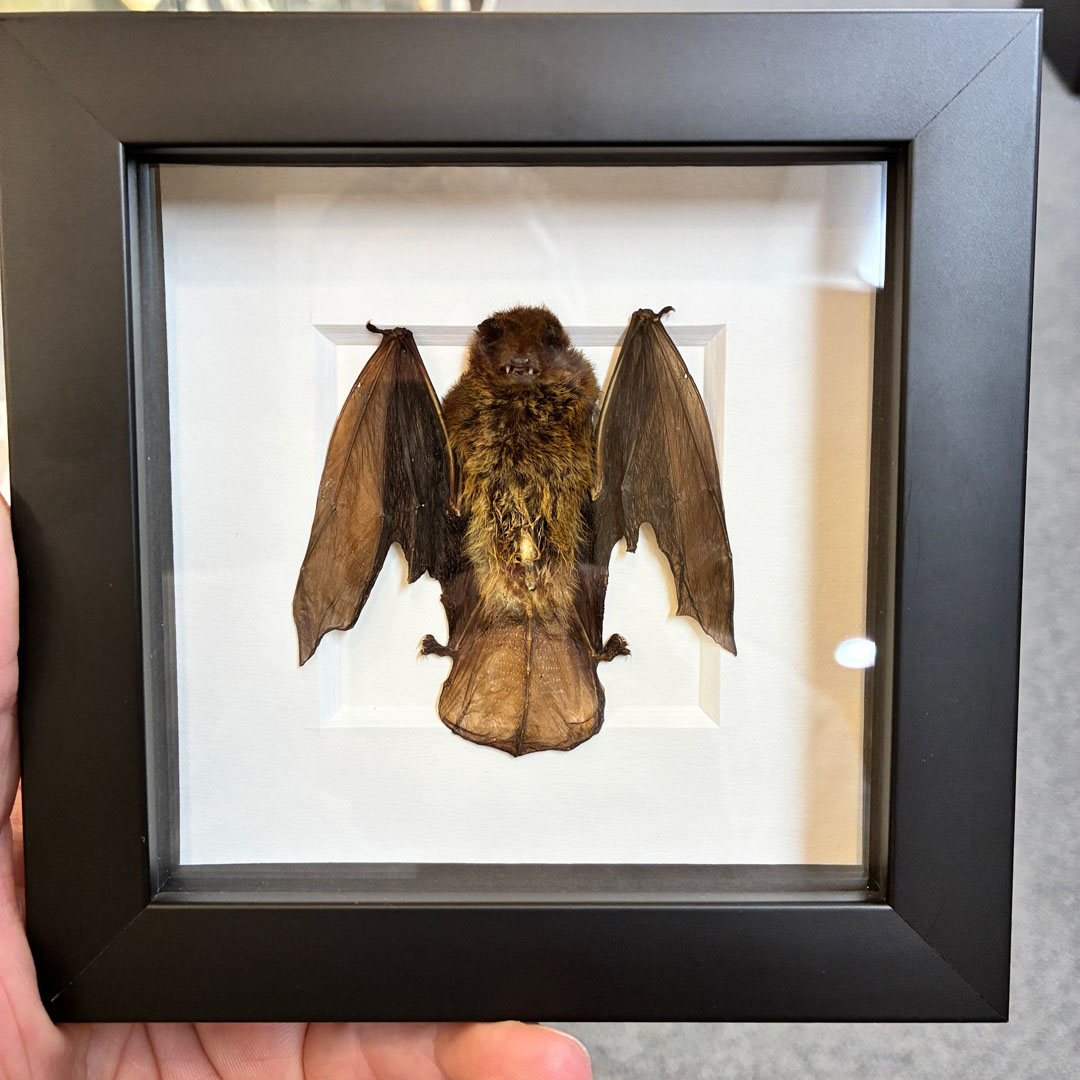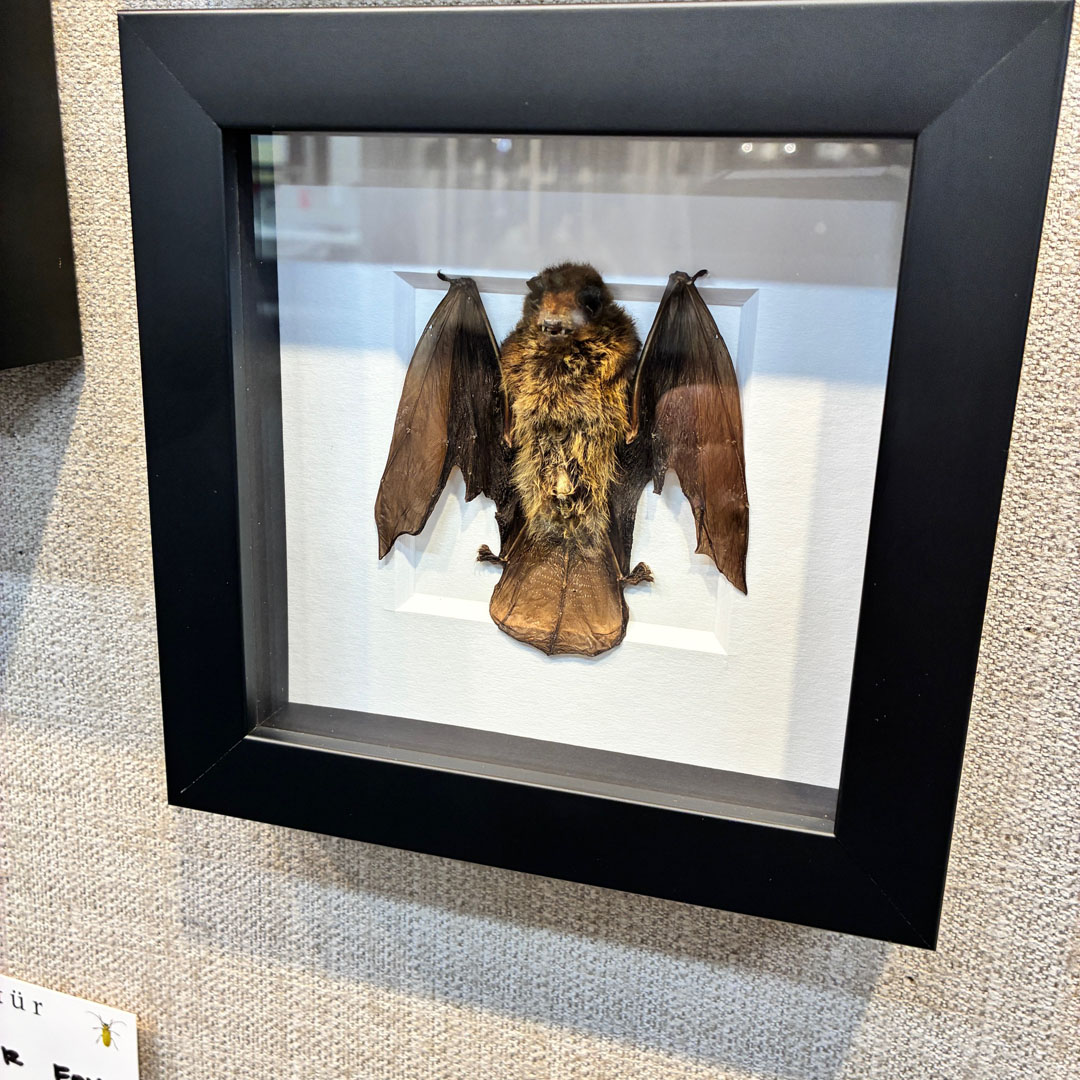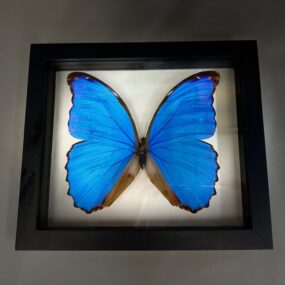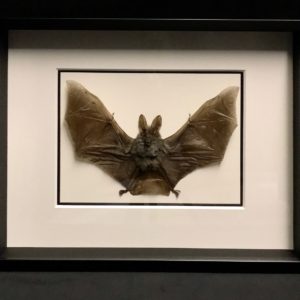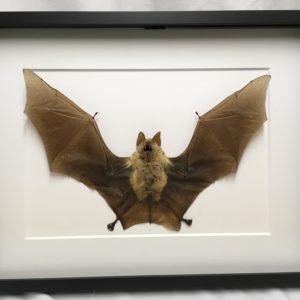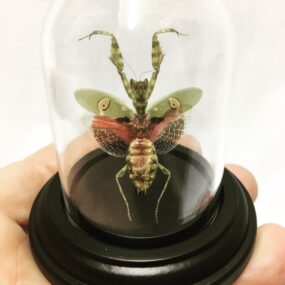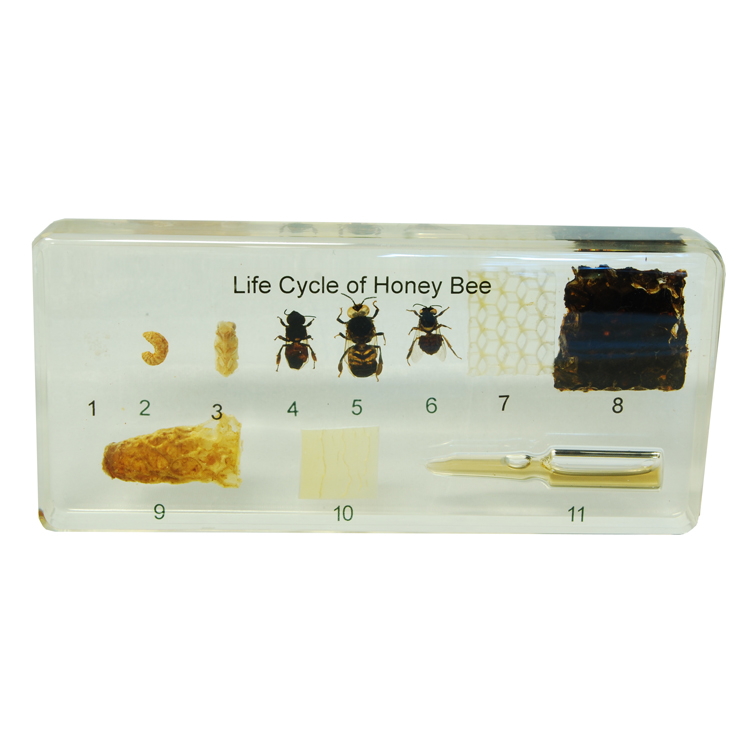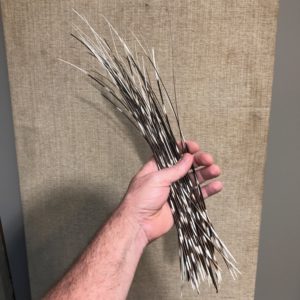Description
Bat, Small Lesser Bamboo Bat with wings in a semi spread position, and mounted in a Black Wooden Frame. This specimen comes from Indonesia.
Small brown bat frame.
The frame shown is 6″ x 6″ x 1′ deep.
You will receive this item, or one similar to it.
Vesper bats are a diverse group of bats that belong to the family Vespertilionidae, which is the largest bat family, with over 400 species. These bats are found all over the world, except in extreme desert regions and polar areas. Here’s a bit more about them:
Size & Appearance
- Size: Vesper bats vary in size, but most species are small to medium-sized bats. Their wingspans typically range from 9 to 14 inches (23 to 36 cm).
- Color: Their fur is usually brown, gray, or black, with some species having lighter undersides or a more reddish hue.
- Body Shape: They have slender bodies with long, narrow wings, which are great for agile flight. Their ears are typically large, often with distinct shapes depending on the species.
Behavior
- Diet: Vesper bats are insectivorous, meaning they feed on insects, including moths, beetles, flies, and mosquitoes. They use echolocation to track down and catch their prey, emitting high-frequency sounds that bounce off objects and help them navigate in the dark.
- Echolocation: They produce ultrasonic sounds to detect objects and prey in their environment. These calls are often higher-pitched than those of other bat families.
- Roosting: Vesper bats are known for roosting in a variety of places, such as caves, tree hollows, under bark, or even in human-made structures like attics. They typically roost alone or in small colonies.
- Nocturnal: They are primarily nocturnal creatures, emerging at dusk to feed, and they remain active throughout the night.
Reproduction
- Mating: Mating usually occurs in the fall or early winter, and many species of vesper bats hibernate in cold months. Females typically give birth to one or two pups after a gestation period of several weeks.
- Pups: The pups are born blind and hairless, relying on their mothers for warmth and nourishment. They grow quickly and begin flying at around three to four weeks old.
Habitat
Vesper bats are adaptable and can live in a variety of habitats, from forests and grasslands to urban areas. They are found in North and South America, Europe, Asia, and parts of Africa.
Conservation Status
The conservation status of vesper bats varies widely depending on the species. While many species are common and widespread, some face threats due to habitat loss, diseases like white-nose syndrome (a fungal infection that affects hibernating bats), and changes in insect populations.
Overall, vesper bats are fascinating, important creatures in ecosystems, playing a crucial role in controlling insect populations.
Long-tongued Nectar Bat, Spread wings, and mounted in a Black Wooden Frame
Small brown bat frame.



